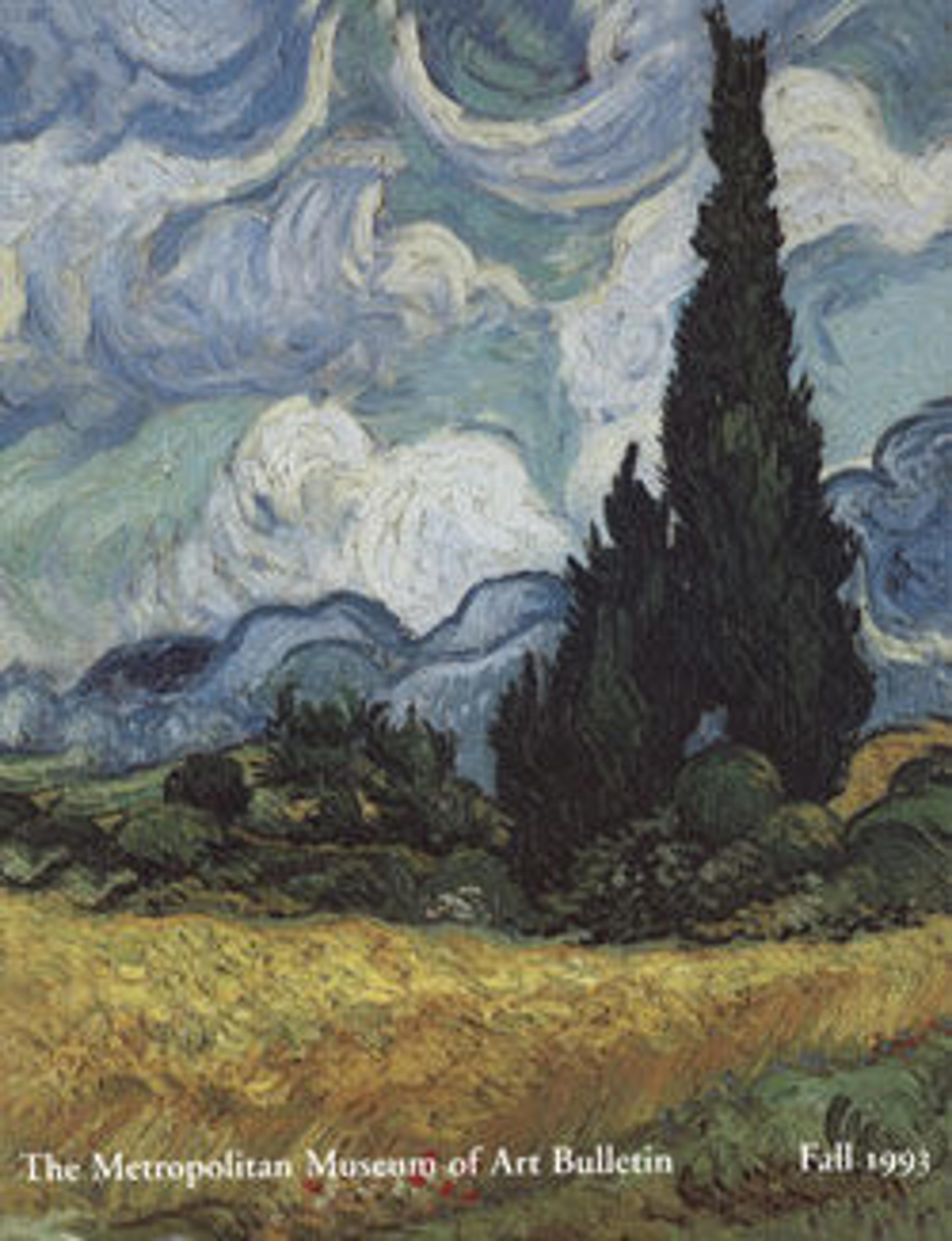Male effigy vessel
Between the third century BCE and second century CE, the people in the west Mexican state of Colima buried their honored dead with sculptural ceramic vessels in the form of human and animal figures. In the same region in later centuries, ceremonial vessels were given simpler form with a strong emphasis on polychrome surface decoration. This pair of male and female figure vessels, said to have come from the site of El Chanal in Colima, combines the early with the later tradition. Both vessels have large flared openings in back of their necks. From humplike protuberances on their backs project long-tapering spouts. The surfaces are covered with red slip and embellished with detailed red-on-cream designs. The flat, square faces with hatchet noses appear masklike and bear different motifs, while the crescent headdresses with horns are identical. The female figure holds a child that looks up to her, and has legs that wrap around her waist.
Artwork Details
- Title: Male effigy vessel
- Artist: Colima artist(s)
- Date: 1200–1500 CE
- Geography: Mexico, West Mexico
- Culture: Colima
- Medium: Ceramic
- Dimensions: H. 9 3/8 x W. 8 1/4 in. (23.8 x 21 cm)
- Classification: Ceramics-Containers
- Credit Line: Purchase, Louis V. Bell Fund, 1993
- Object Number: 1993.16.2
- Curatorial Department: The Michael C. Rockefeller Wing
More Artwork
Research Resources
The Met provides unparalleled resources for research and welcomes an international community of students and scholars. The Met's Open Access API is where creators and researchers can connect to the The Met collection. Open Access data and public domain images are available for unrestricted commercial and noncommercial use without permission or fee.
To request images under copyright and other restrictions, please use this Image Request form.
Feedback
We continue to research and examine historical and cultural context for objects in The Met collection. If you have comments or questions about this object record, please complete and submit this form. The Museum looks forward to receiving your comments.
